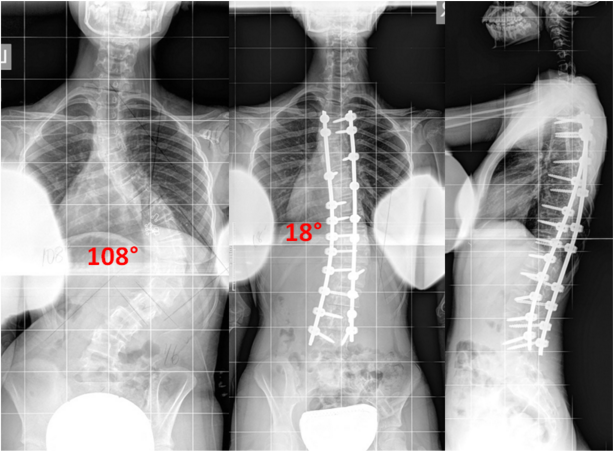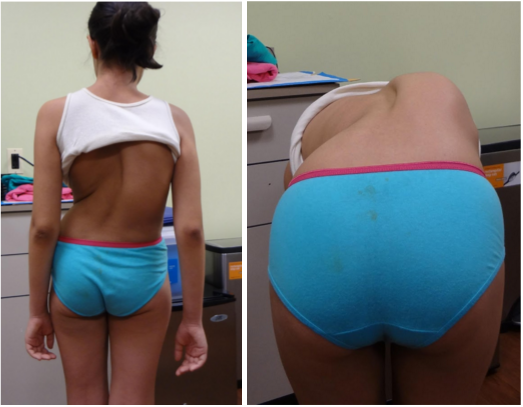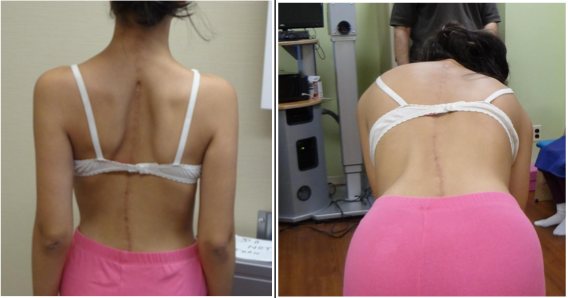Autism
Autism is a neurodevelopmental disorder that typically causes two types of behavioral issues: 1) difficulty with social communication and social interaction and 2) a restricted range of behaviors, interests, and activities that tend to be performed repetitively.
Autism is now included under the umbrella term “autism spectrum disorder” along with disorders such as Asperger syndrome, childhood disintegrative disorder, and pervasive developmental disorder not otherwise specified. As the name implies, the severity of a given child's autism spectrum disorder can vary substantially. Some children are or can become highly functioning individuals, while others are severely disabled from the neurodevelopmental disorder.
Autism and Bone Diseases
While autism spectrum disorder is most widely known for the behavioral problems that sufferers experience, less well-known are the various musculoskeletal and orthopedic issues that can arise as a consequence of autism and related autism spectrum disorders.
Toe walking
Children with autism spectrum disorder are much more likely to walk on their toes are longer into life than children without these disorders.1 In fact, autism and toe walking occur together so frequently that persistent toe walking is part of a screening protocol for the disorder.
Since the foot is extended during toe walking, the heel cord does not lengthen appropriately. This means that, after a time, children who have persistent toe walking are more or less unable to flex their foot at the ankle. If left untreated, this state can cause an orthopedic deformity of the lower leg and foot.1 Persistent toe walking and heel cord tightness should be evaluated by an orthopedic surgeon. Your orthopedic surgeon can prescribe several nonsurgical interventions to treat the condition. In severe cases, surgical correction of orthopedic deformity may be required.
Reduced bone thickness
For reasons that are not clear, children with autism spectrum disorder tend to have decreased bone thickness, particularly in the cortical area of the bones.2 When parents choose casein-free diets, these differences in bone thickness are magnified.2 Decreased bone thickness increases the risk of bone fracture.
Disturbances in gait and coordination
Researchers have found that children with autism spectrum disorder display differences in their gait.3 In other words, children with autism walked differently than children without autism. Specifically, they walk with a different cadence and the way that their hips and ankles move are noticeably different. It is unclear what clinical significance of these gait differences have for children with autism spectrum disorder; however, abnormal gait can put abnormal physical stresses on the lower back and legs.
Autism and scoliosis
Children with autism spectrum disorders have increased rates of scoliosis.4 Rett syndrome (a disorder that is sometimes included among autism spectrum disorders) is well known to cause scoliosis. Indeed, most children with Rett syndrome will have scoliosis ranging, from mild to severe. Scoliosis in this group of patients can be difficult to treat with bracing as patients do not typically tolerate bracing due to sensory disturbances associated with the brace. Surgery may be required for progressive (worsening) curvature.
References
- Barrow WJ, Jaworski M, Accardo PJ. Persistent toe walking in autism. J Child Neurol. May 2011;26(5):619-621. doi:10.1177/0883073810385344
- Hediger ML, England LJ, Molloy CA, Yu KF, Manning-Courtney P, Mills JL. Reduced bone cortical thickness in boys with autism or autism spectrum disorder. J Autism Dev Disord. May 2008;38(5):848-856. doi:10.1007/s10803-007-0453-6
- Calhoun M, Longworth M, Chester VL. Gait patterns in children with autism. Clin Biomech (Bristol, Avon). Feb 2011;26(2):200-206. doi:10.1016/j.clinbiomech.2010.09.013
- Al-Kateb H, Khanna G, Filges I, et al. Scoliosis and vertebral anomalies: additional abnormal phenotypes associated with chromosome 16p11.2 rearrangement. Am J Med Genet A. May 2014;164A(5):1118-1126. doi:10.1002/ajmg.a.36401
Patient Story 1
This is a 12-year-old boy with autism who had a progressive thoracic scoliosis for which he was seen by Dr. Lonner. Scoliosis correction was performed with excellent alignment of the boys spine restored. He was able to return to school several weeks after surgery.

Patient Story 2
This 15-year old girl had severe progressive scoliosis associated with autism. Dr. Lonner performed posterior spinal fusion with VCR given the severity of her curvature. The corrective surgery provided an over 80% correction. She gained 2¼ inches in height and is doing very well after surgery.


Pre-Op

Post-Op
